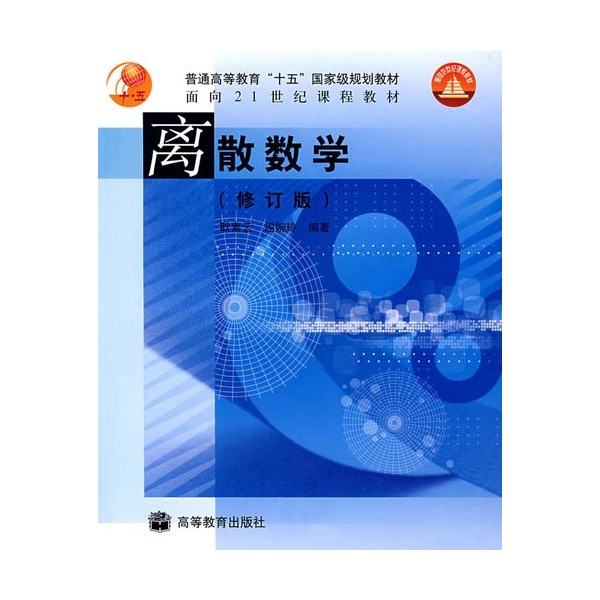We discuss the use of negative bases in automatic sequences. Recently the theorem-prover Walnut has been extended to allow the use of base (-k) to express variables, thus permitting quantification over Z instead of N. This enables us to prove results about two-sided (bi-infinite) automatic sequences. We first explain the theory behind negative bases in Walnut. Next, we use this new version of Walnut to give a very simple proof of a strengthened version of a theorem of Shevelev. We use our ideas to resolve two open problems of Shevelev from 2017. We also reprove a 2000 result of Shur involving bi-infinite binary words.
翻译:我们讨论在自动序列中使用负基数的问题。 最近, 理论- 产物 Walnut (- k) 已经扩展, 允许使用基数( k) 表达变量, 从而允许在 Z 而不是 N 进行量化。 这使我们能够证明双向( 双向) 自动序列的结果。 我们首先解释Walnut 否定基数背后的理论。 接下来, 我们使用这个新版本的Walnut 来提供一个非常简单的证据, 证明Shevelev 理论的强化版本。 我们用我们的想法来解决2017年的谢维勒夫的两个未解决的问题。 我们还重新验证了 Shur 2000 中涉及双向二元词的结果 。


